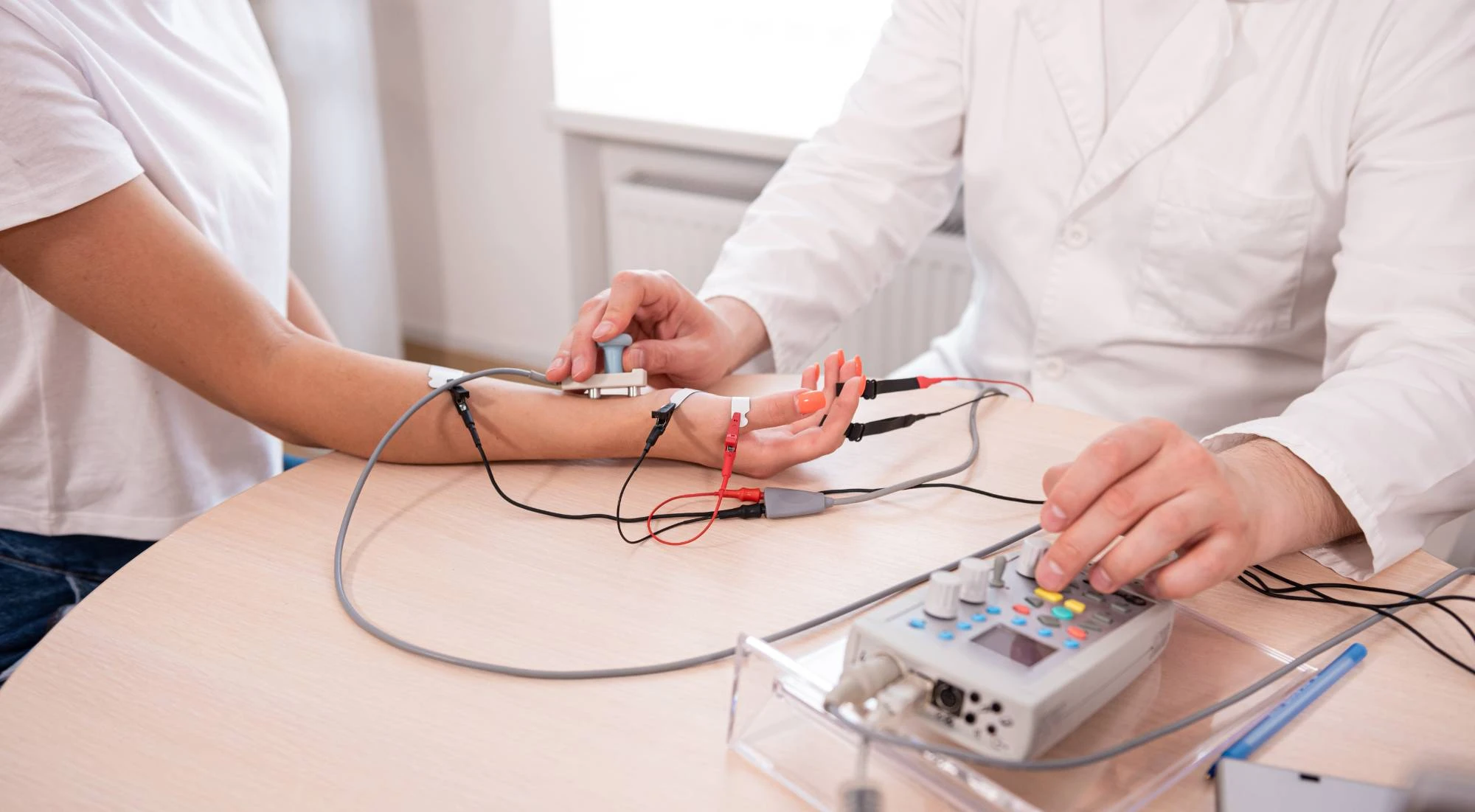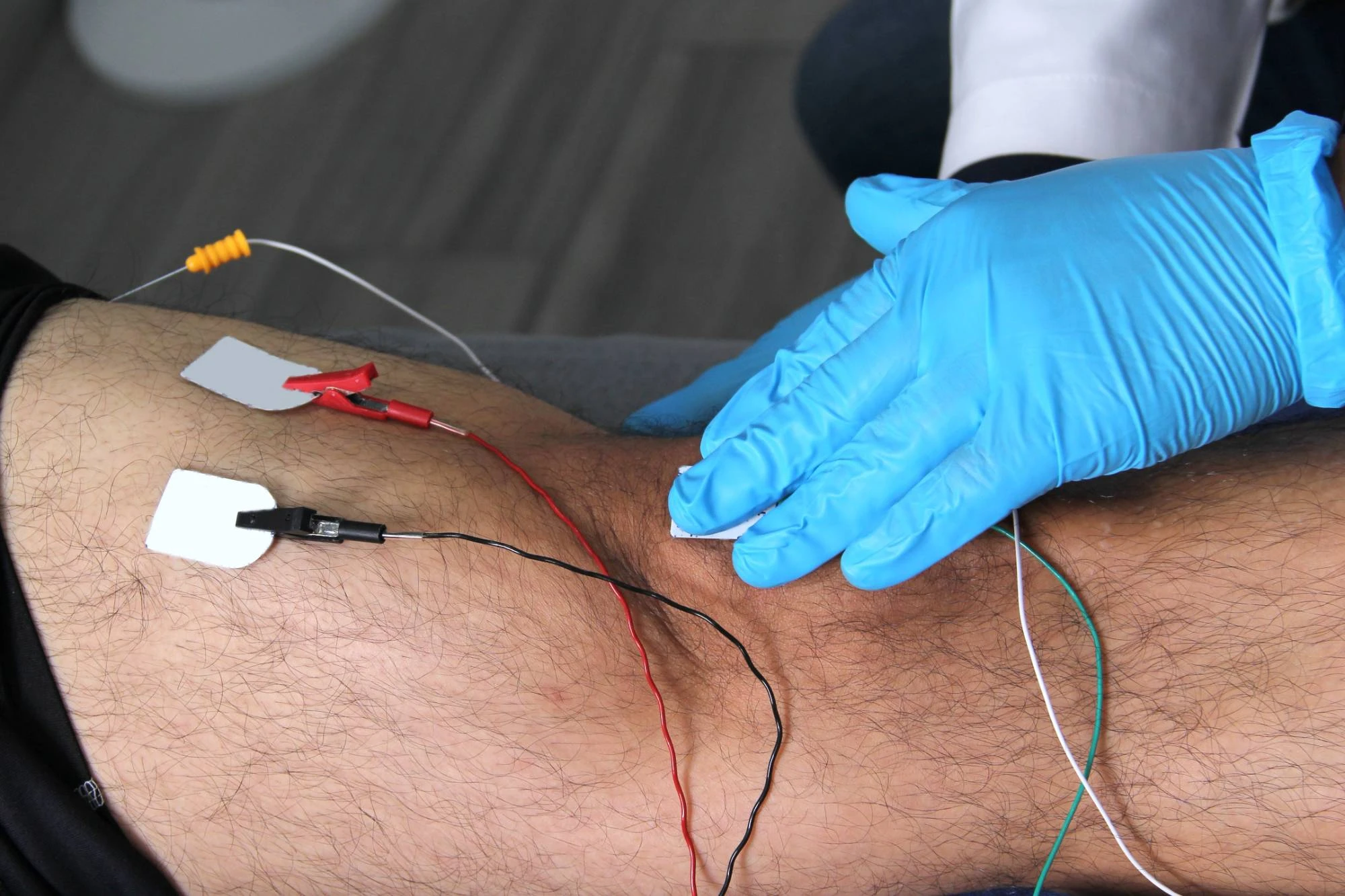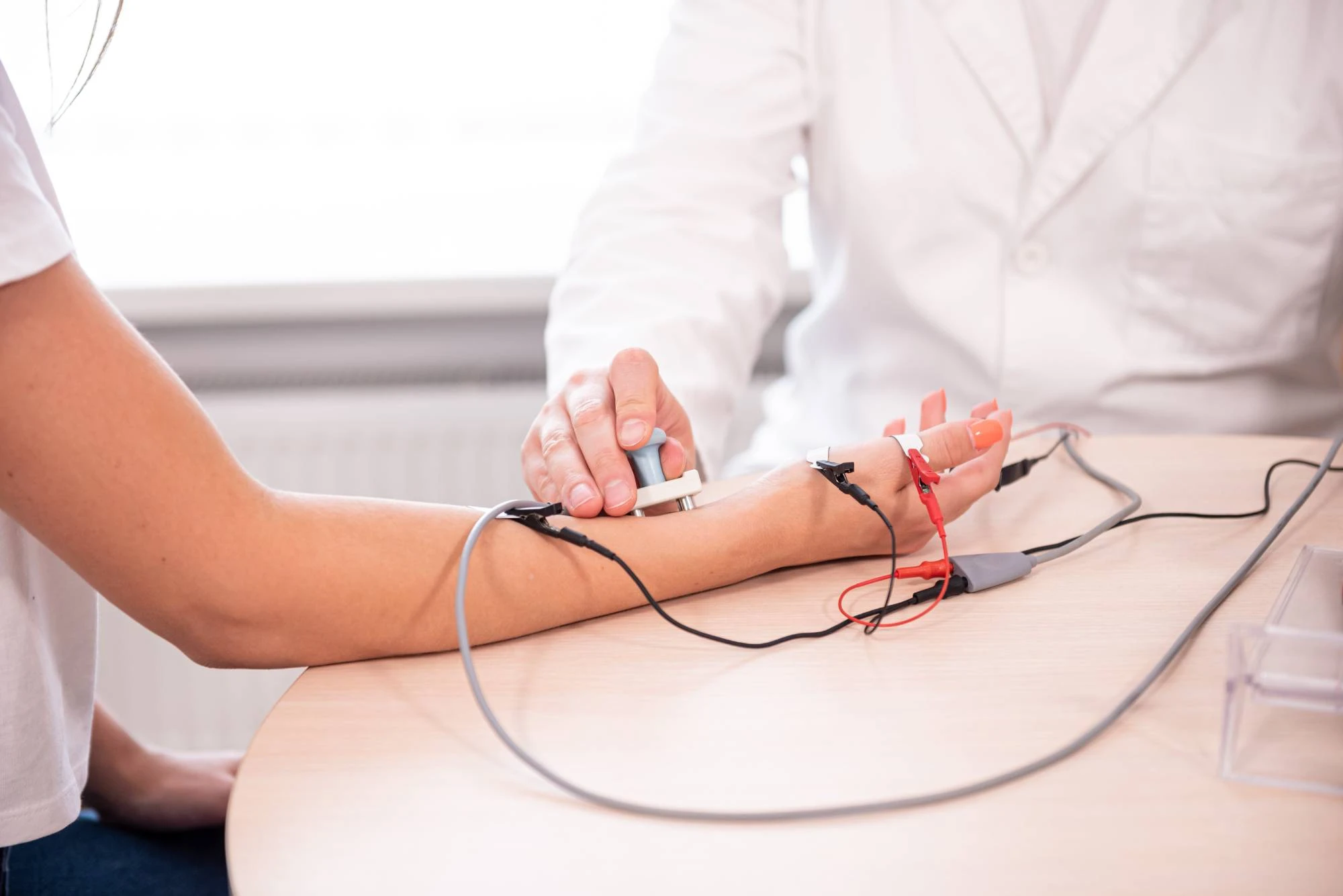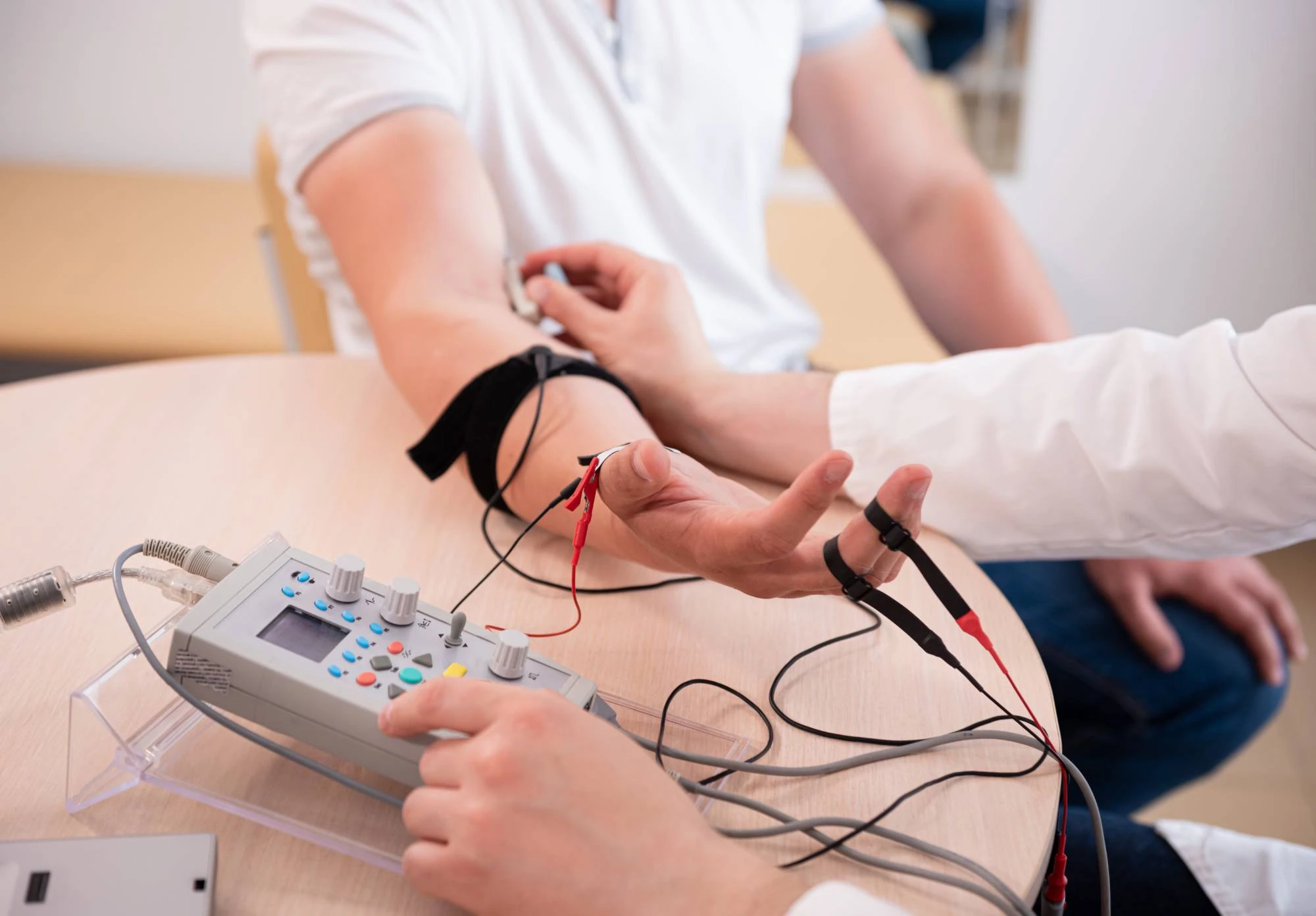Advanced electromyography testing that pinpoints exactly what’s causing your muscle weakness, numbness, or tingling.

Reviews

You’ve been dealing with unexplained symptoms long enough. That tingling in your hands, the weakness in your legs, the shooting pain down your arm – you need answers, not more guessing.
EMG testing gives you those answers. This diagnostic procedure measures the electrical activity in your muscles and nerves, revealing exactly where the problem lies and how severe it is.
When you know what’s actually wrong, you can stop wondering and start treating the real issue. No more trial-and-error treatments. No more sleepless nights worrying about what might be causing your symptoms. Just clear, definitive results that guide your path to feeling better.
We’ve been serving Elm Park and Staten Island residents for years, specializing in diagnosing and treating nerve and muscle disorders. Our board-certified physicians have performed thousands of EMG tests, so you’re in experienced hands.
We understand that coming in for nerve testing can feel overwhelming. You’re probably anxious about the procedure and worried about what the results might show. That’s exactly why we take time to explain everything clearly and make sure you’re comfortable throughout the entire process.
Our focus is getting you accurate results quickly so you can move forward with the right treatment plan.

Your EMG test actually includes two parts: nerve conduction studies and electromyography. We start with the nerve conduction study, where small electrodes are placed on your skin to measure how well your nerves send electrical signals.
Next comes the electromyography portion, where a thin needle electrode is inserted into specific muscles to record their electrical activity. Yes, there’s some discomfort, but it’s brief and most patients tolerate it well.
The entire test typically takes 30 to 60 minutes, depending on which nerves and muscles we need to examine. You’ll get your results the same day, along with a clear explanation of what they mean and what your next steps should be.

Ready to get started?
Your EMG testing includes both nerve conduction studies and electromyography to give us a complete picture of your neuromuscular function. We test the specific areas related to your symptoms, whether that’s your hands for suspected carpal tunnel syndrome, your back and legs for sciatica, or other areas causing you problems.
You’ll receive detailed results that show exactly which nerves or muscles are affected, how severe the condition is, and whether the problem is getting worse or improving. This information is crucial for your doctor to develop an effective treatment plan.
We also coordinate with your referring physician and our other specialists to ensure you get comprehensive care. If you need follow-up treatment, we can connect you with the right specialists within our practice.

New York:
Florida:
Support